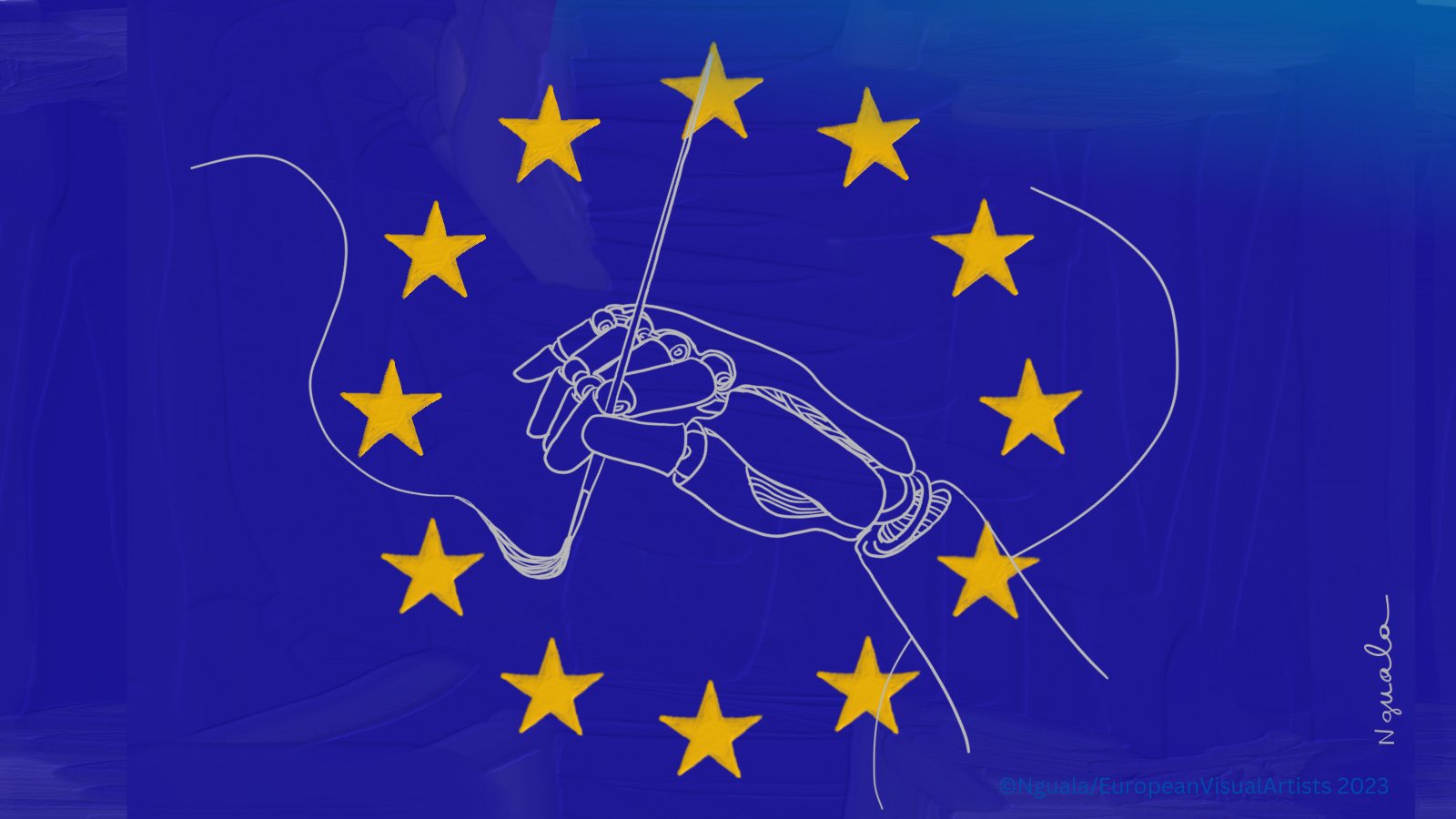Lights and shadows of the European AI Act

What is there and what is missing from the Ai Act, the European law on artificial intelligence. Here's what was said at the IBM conference on the topic
The EU AI Act represents an opportunity to exploit the potential of AI, but some key pieces are still missing from the puzzle: community standards, coordination between European authorities, tidy data and simple and transparent governance. This is what emerged during the virtual table " IBM : How to prepare for the entry into force of the EU AI Act", the first legal framework on Artificial Intelligence.
EU AI ACT, WHAT WILL CHANGE?
After three years, the first European law on Artificial Intelligence has received the final green light from the European Parliament and is expected to be definitively adopted in May. The stated objective is to make AI systems used in Europe safe, transparent, non-discriminatory and sustainable. At the same time, the standard aims to offer start-ups and small and medium-sized enterprises the opportunity to develop and test AI models. Going into detail, the regulatory framework provides an analysis and classification of AI systems based on the risk they represent for suppliers and users.
There are two categories: unacceptable and high risk. The first products will be banned because they are considered a threat. We talk about cognitive behavioral manipulation systems, social scoring and biometric identification. High-risk products, on the other hand, affect security or fundamental rights and are divided into: systems that fall under EU security legislation and systems that are part of specific sectors specified in the EU database. Finally, ChatGPT and other generative AI products will only have to comply with EU transparency and copyright requirements.
If there are no problems, six months after the entry into force of the EU AI Act there will be a ban on the creation of AI systems that present unacceptable risks. Nine months later the codes of good practice will be operational. Finally, companies will have one year to adapt their products and systems to the transparency requirements. High-risk systems deserve a separate discussion, as they will have two more years to comply.
DATA YES BUT ORDERED
Data is the new gold, but it needs to be in order for AI to use. In fact, this innovation can redesign business processes, thus promoting growth. However, there is still much to be done for this potential to be realized.
“A topic we talked about with several customers, several of whom realized they weren't ready. More investments will be needed in data governance and quality of data control. One of the first things to do is create ethical principles for AI. Finally, we need to identify applications that will create more value. We can identify suitable patterns for use cases to avoid consuming resources unnecessarily. In recent times we have been seeing increasing attention paid to the preparation and organization of data. Companies are aware of the critical issues related to AI. Our platform offers predictive models and allows you to catalog and monitor the precision, drift, bias and quality of generative AI. This ensures transparency and always up-to-date data,” said Ana Paula Assis, Chair & General Manager of IBM Europe, Middle East and Africa.
EU AI ACT, WHAT IS THERE AND WHAT IS MISSING
Technology evolves very quickly, for this reason regulation must adapt and anticipate potential risks. At the same time, it is important to set European standards and make compliance as easy as possible for companies, according to Chirstina Montgomery, VP and Chief Privacy & Trust Officer at IBM.
“There will be many new things in the coming years. Our generative AI platform, built on multiple solutions, allows customers to execute and control tasks automatically,” Montgomery emphasized, adding that “everyone should be able to be an AI creator.”
“The AI Pact has not been officially announced but we have signaled our interest. On the other hand, historically we have already adhered to the US principles of the White House and the Canadian ones on AI”, he added.
“There is no requirement that goes extremely beyond what almost every company should implement. One of the clients we had contact with who is expanding in Europe expressed the need for a more centralized governance structure,” said Ana Paula Assis.
THE ROLE OF THE AI OFFICE
The AI Office will play a central role as it “will coordinate the different activities of authorities competing for jurisdiction, according to Montgomery.
“We are pushing for as much coordination and clarity as possible. Our main goal is to stimulate conversation and coordination at the regulatory level,” he said, providing an update on the state of the art of the new Institute.
“The AI Office has been established and several people have been hired. We are currently in the process of searching for some experts, 80 of whom will be external", anticipated Montgomery, adding that "it is important that the Government works with the private sector and with academies to achieve an adequate level of expertise".
This is a machine translation from Italian language of a post published on Start Magazine at the URL https://www.startmag.it/innovazione/luci-ombre-ai-act/ on Fri, 19 Apr 2024 14:16:16 +0000.
